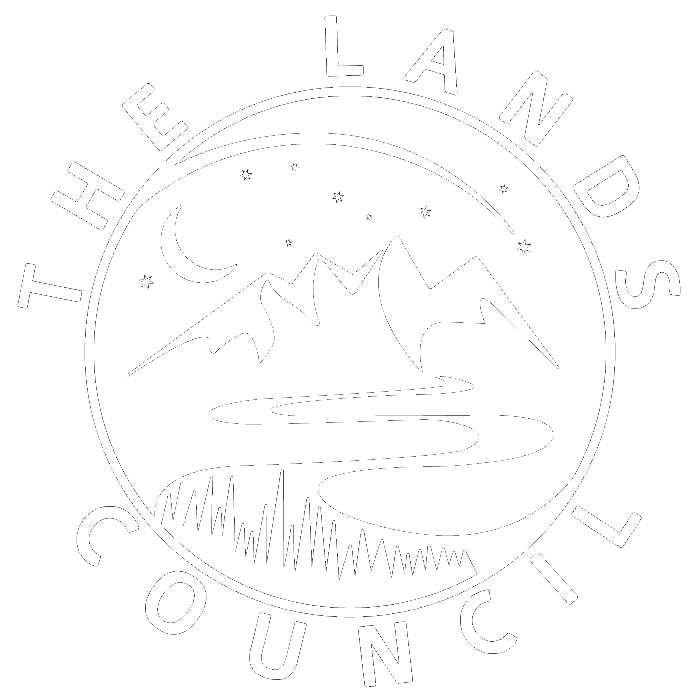By Adam Gebauer
For a long time, The Lands Council has known the value of beavers on the landscape. They are tenacious wetland engineers who create habitats for all kinds of water loving species as well as improve the hydrology; connect streams to their floodplains; recharge water tables; and add complexity that improves fish habitat. But sometimes the industrious nature of beavers comes into conflict with the built environment.
This past season, The Lands Council worked with a variety of landowners, the Washington Department of Fish & Wildlife, and conservation districts to come up with coexistence plans to mitigate the flooding and tree damage that can come with having beavers on your property. We installed seven flow devices (sometimes called beaver deceivers or pond levelers) on five different properties. The devices we installed involve a long pipe set in the beaver dam at a desired maximum water level and a caged intake that sits on the pond floor. The beavers - who have a need to plug a dam when they perceive running water - seal the pipe into the dam without being able to block the outflow.
For a property on Sacheen Lake, The Lands Council found an opportunity to provide a workshop with wildlife biologists from several local tribes: the Kalispel, Colville, and Couer d’Alene. These biologists also know the benefit of beavers to the ecosystem but face the same challenges when they are flooding roadways or blocking culverts. They also know that removing beavers is only a temporary solution - if there is quality beaver habitat then more beavers will return. During the workshop, we discussed the best management practices for installing and maintaining different types of flow devices, materials needed, and where to source them. After participating in several other installations, our restoration intern, Jaelyn, led teams on the construction of the intake cage, while another team prepared the pipe and notched the two dams. The goal is to help reduce flooding for the landowner, while keeping the beaver and their pond on their property. This collaboration with local tribal biologists will allow us to share information and improve on these techniques to coexist with these furry wetland engineers.

